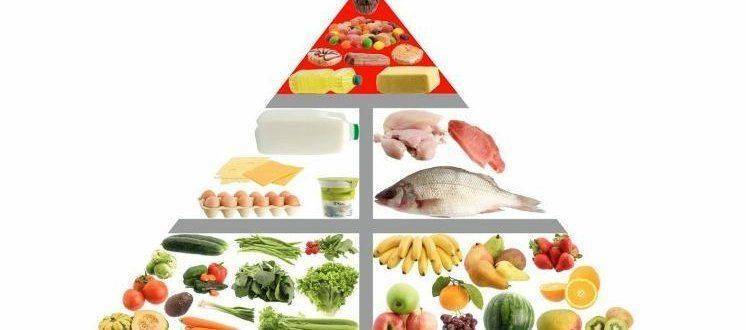
Except from then unhealthy diet and skipping meals, children do not eat properly and this is evidenced by: A. Nutritional hazards in children
A large nutritional study found that 91% children aged 6 to 11 did not eat the recommended minimum of 5 portions of fruit and vegetables per day. Educating parents and children about nutrition is an important intervention in the fight against bad eating habits.
Nutritional hazards in children
B. Study of food patterns in elementary school children found that 40% children do not eat vegetables on a consistent basis, except for potatoes or tomato sauce.
C. Epidemiological study of dietary intakes of children aged 2 to 10 years found that more than 50% had inadequate intakes of essential nutrients such as iron, calcium, vitamin B6, zinc and magnesium.
D. A pediatric study measuring calcium intake found that 30% children under the age of 11 consumed calcium levels well below the RDA. This was attributed to reduced milk consumption and increased soft drink intake.
Considering these findings, several points should be noted:
A) Fruits and vegetables are not only important sources of vitamins and minerals, but also major sources of fiber. According to researchers, the less fiber is included in a child's diet, the greater the likelihood of high levels of fat and fatty acids.
B) Inadequate calcium intake in adolescents, even preadolescents, may predispose women to a high risk of osteoporosis.
C) Diseases resulting from dietary deficiencies have been replaced by diseases resulting from dietary excess and imbalance—behaviors that begin in adolescence.

No Comments